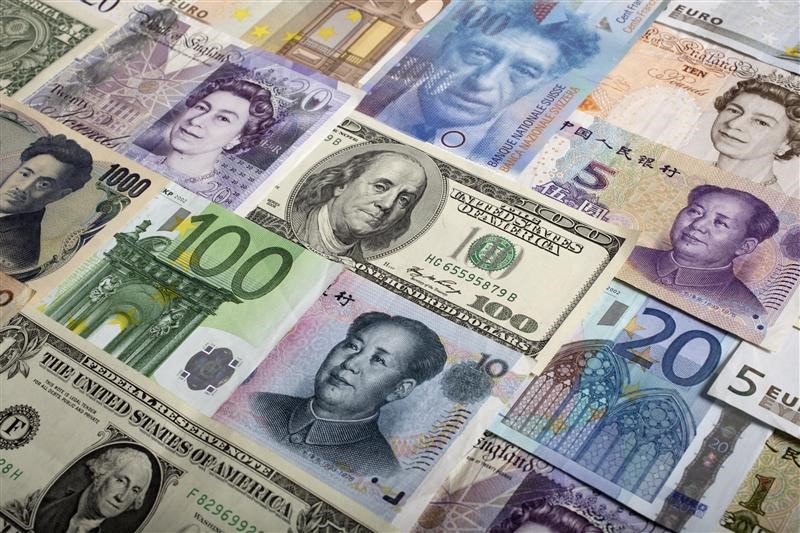* Employment +7,300 in June vs forecasts of -5,000
* Unemployment at 6.0 pct, full-time jobs jump 24,500
* Upbeat data help counter unease over China, Greece
By Wayne Cole
SYDNEY, July 9 (Reuters) - Australian employment defied expectations and rose for a second month in June to suggest the labour market was on the mend, a sliver of bright news amid the global gloom over China and Greece.
Thursday's data from the Australian Bureau of Statistics showed 7,300 new jobs were added in June, when analysts had forecast a drop of 5,000 as payback to May's 39,900 jump.
The jobless rate ticked up to 6.0 percent from a one-year low of 5.9 percent, but again was under forecasts. The detail was also upbeat with a solid 24,500 gain in full-time jobs and an increase in hours worked.
"It's a decent set of numbers, enough to sustain the shallow downtrend in unemployment we've seen since last October," said Michael Blythe, chief economist at CBA.
"It shows the economy is in reasonable shape despite the many concerns out there at the moment."
The Australian dollar AUD=D4 got a modest fillip from the data and edged up to $0.7450, but could not shake worries about the rout in Chinese stocks and world commodities.
Indeed, investors are still wagering the Reserve Bank of Australia (RBA) will have to ease again given recent steep falls in the value of resource exports.
Prices for iron ore, Australia's single biggest export earner, plunged over 10 percent on Wednesday alone to their lowest in a decade.
Interbank futures 0#YIB: imply a 50 percent chance of a further easing by September, rising to 88 percent in December.
LABOUR MARKET SURPRISES
Yet Australia's labour market is proving to be unexpectedly resilient. Job gains have beaten market forecasts for six of the past eight months and annual employment growth of 1.9 percent is only just below that of the United States.
The government's measure of job vacancies is at its highest level since late 2012.
The RBA has suggested that wages are growing so sluggishly - the slowest pace since the early 1990s - that it is making labour more attractive for businesses to take on.
If so, it could mean that unemployment might not rise to the 6.5 percent level that the central bank has long predicted.
Indeed, RBA Governor Glenn Stevens made an oblique reference to the divergence in his July policy statement, noting the jobless rate was little changed recently.
"To us, that observation is significant," said Ivan Colhoun, chief markets economist at NAB. "Normally, an unchanged unemployment rate would be associated with an economy running broadly at trend."
"As such, we would continue to assess there being little prospect of any near-term rate cut, barring some significant development offshore."
